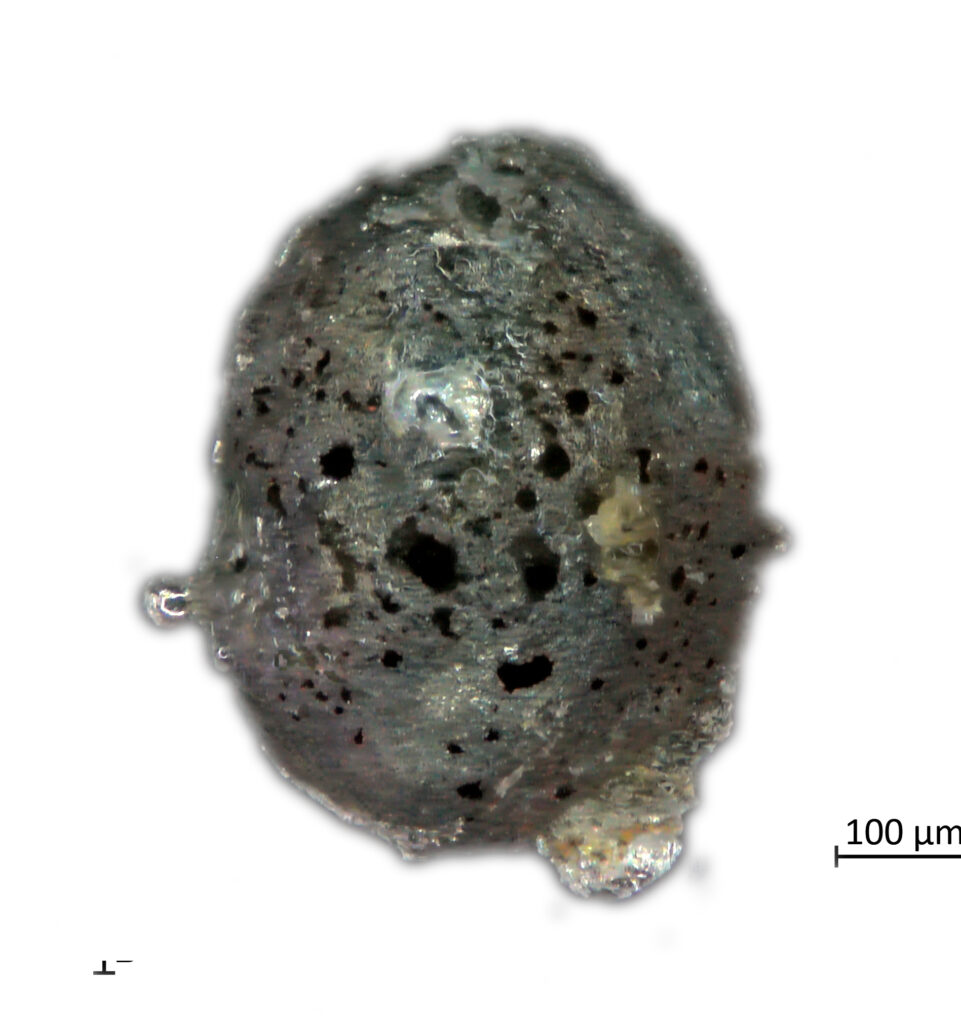
The tiny fragment of a meteorite recently found on Mount Gariglione, in Calabria, by a collector who gave it to the team of researchers of the University of Bari, is not only a virtuous example of Citizen Science, but it is also an important discovery in the field of planetary science. The meteorite discovered contains some “quasicrystals” and very rare metallic alloys of aluminium and copper: precious materials that help understand the mechanisms of formation of the Solar System.
Along with the researchers of the University of Bari, the all-Italian team of researchers involved in understanding the secrets hidden in the rare meteorite, also the University of Florence and the Italian Space Agency (ASI) take part in the project. “Quasicystals are materials in which the atoms are arranged as in a mosaic, in regular patterns but which are never repeated in the same way, unlike what happens in ordinary crystals,” explained Luca Bindi, full professor of Mineralogy and Director of the Department of Earth Sciences of the University of Florence.
The discovery immediately proved to be exceptional: it is the third case in the world of extraterrestrial material containing metal alloys of this type and the second discovery of a micrometeorite containing a quasicrystal of natural origin, after the discovery of the Khatyrka meteorite, which occurred in 2011, in the Russian Far East. Therefore, this discovery marks a turning point not only in mineralogical and planetary sciences, but also for solid state physics and chemistry.
“The results of this research show that a still unknown universe exists of mineralogical phases at the nanoscale in materials of extraterrestrial origin, which can still surprise us. The discovery of this anomalous alloy in a chondritic matrix, together with the presence of quasicrystals, opens up new scenarios on the origins of the original material from which the fragment detached and provides new elements to understand the mechanisms of formation of the Solar System,” said Paola Manzari, member of the Research and Higher Education Coordination Unit (UCR) of the ASI Matera Space Centre.
The precious fragment is currently kept in the Museum of Earth Sciences of the University of Bari, where a section dedicated specifically to extraterrestrial samples will be set up. The discovery was described in an article published in the Communications Earth & Environment journal of the Nature-Portfolio publishing group.

